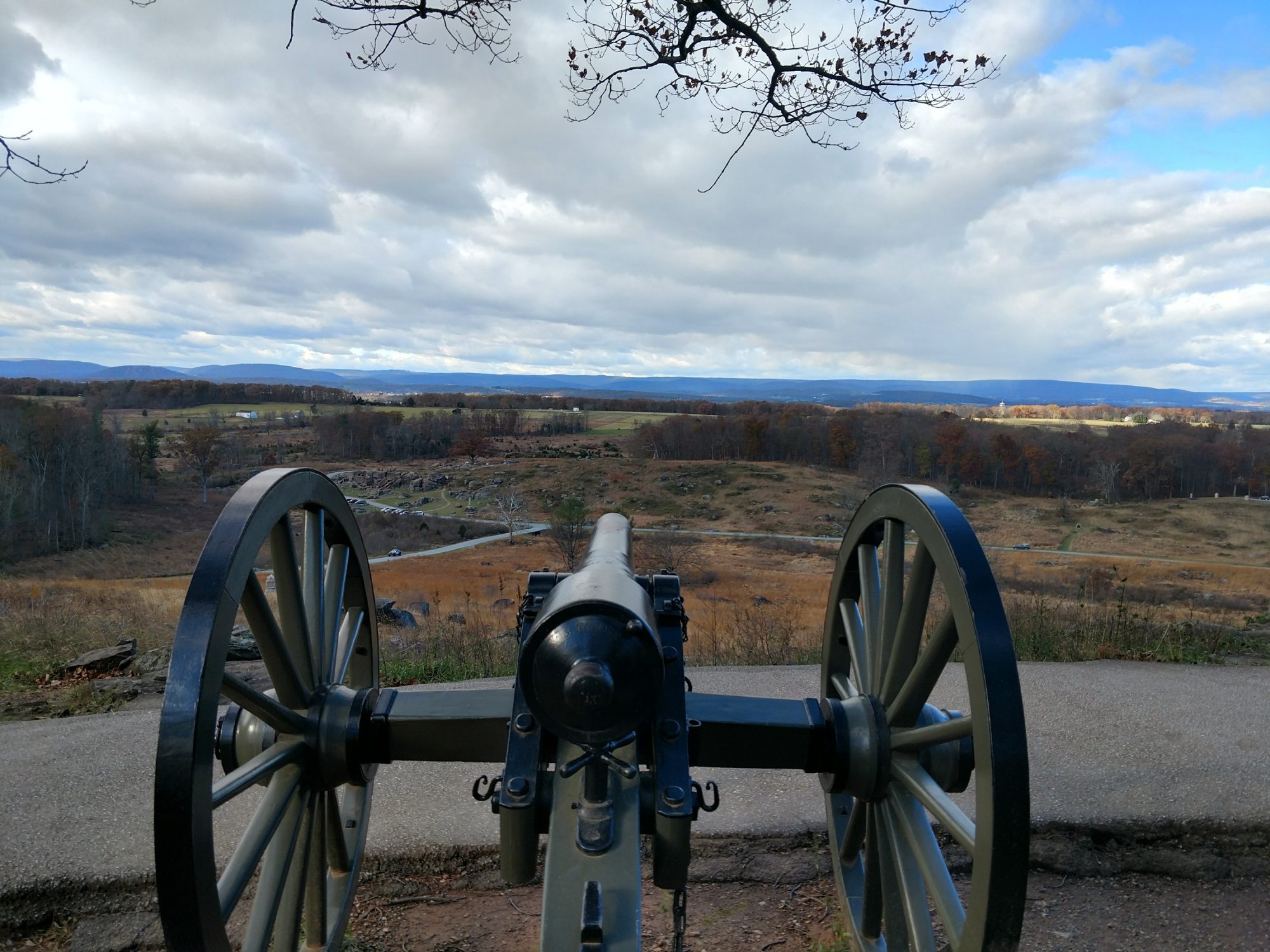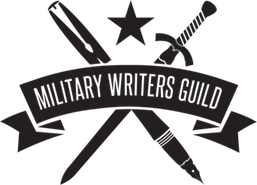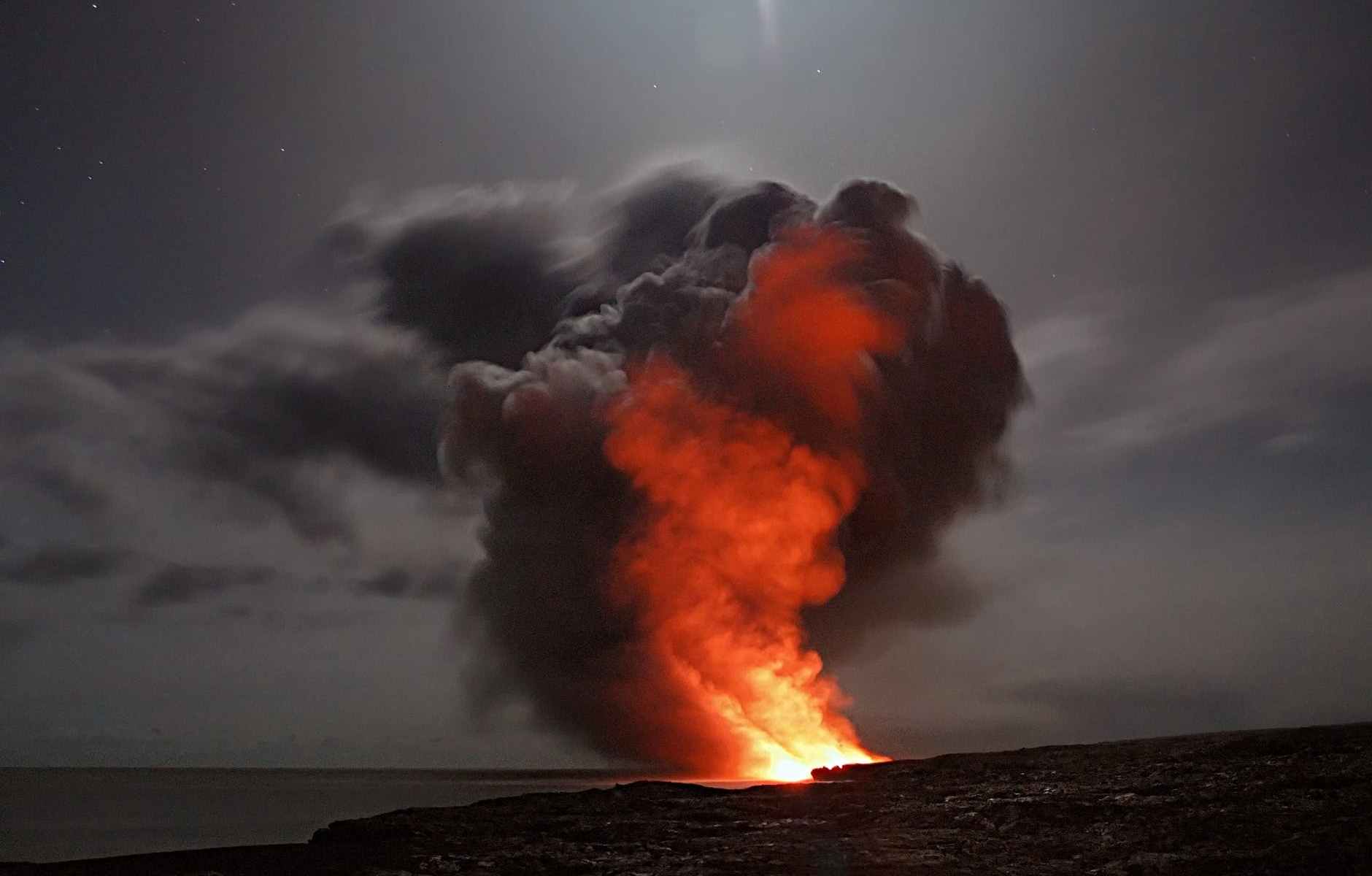The Army has a problem with self-reflection. And in the wake of the most recent conflicts in Iraq and Afghanistan, this has never been more evident. I mean, it’s not like the Army has any lack of things to reflect upon. Let’s take, oh I don’t know, the Army post-Vietnam, for example.
When the Army emerged from the conflict in Vietnam in 1973, it faced problems everywhere it looked. Okay, “problem” is too nice a word to use, but we’ll go with it. It faced exterior threats that had developed and evolved as the Army muddled through an irregular war that it attempted to fight with firepower and technology. The Soviet Union had modernized. Anti-tank guided missiles were changing dynamics on the battlefield. The Middle East was growing to be more of a flash point for Cold War politics.
At home, the Army faced a nation entirely disabused of its notions about government and authority. Not only had Vietnam been extremely unpopular by the end of the war, but by 1973 the Watergate trials were beginning. Impeachment of President Richard Nixon would follow, as if to cap off a decade which saw disillusionment skyrocket.
As for potential recruits, the Army could not look to garner the usual gung-ho son of a World War veteran – I mean, it never really could, hence the draft – to fill their ranks. Instead, young people were of a different mindset, thinking more on social values than older ideas of patriotism. The Army – especially the post-Vietnam Army – did not seem like a viable career choice to this generation. Mindsets and values had changed.
Inside, the Army was a hollow shell. The conflict in Vietnam had seen the Army take blow after blow – from soldiers committing atrocities, to fragging (soldiers killing their own officers or NCOs), to race-based violence, to rampant drug use. Racial violence and drug abuse would continue in the post-war era, with U.S. Army Europe so bad that one battalion commander was shot at in his own barracks area and with NCOs and officers not daring to go into the enlisted barracks.
And then, of course, there was Vietnam itself. In 1973, some could have held hope for the future of South Vietnam. Many others were already aware of the rot in the South Vietnamese government and so would not be surprised at the fall of Saigon in 1975. Regardless, the US Army could not shrug this one off (although many would try, with theories about being “stabbed in the back” by politicians). Even though tactically, US troops came out on the positive side in the main, this was a defeat, plain and simple, Strategically and operationally, the US Army, Air Force, Navy, and Marines had been defeated.
Now, lots of people can – and will – make the comparisons to Iraq and Afghanistan, as has been done hundreds, if not thousands, of times. And yes, I could sit here and talk about how we sit in a similar age, with changing natures of war, an ever-developing global environment, loss of faith in government at home, yada yada yada. Of *course* there’s an ever-developing global environment, that’s exactly what global environments do. And of course war changes and evolves, that is its one constant. None of this should ever exactly surprise us.
And if we want to look back at the Vietnam example, we can see that in the post-Vietnam era, Army leaders recognized a crisis and took steps to fix it. The birth of the all-volunteer force was one critical step, because it forced the Army to actually recruit. Changing social norms and the need for additional soldiers caused the Army to integrate women into units and end the Women’s Army Corps. Army recruiting changed its ways and began selling the Army in a totally new way – eventually resulting in the “Be all that you can be” campaign, one of the most successful advertising campaigns of all time.
Not all change came from Army leaders; as usual, civilian leadership had to be the thing that kicked down obstacles for minority service as women were admitted to West Point and the other service academies by order of President Ford in 1975. Indeed, ending the Women’s Army Corps had to come as a directive from Congress in 1978.
So, all this to say that reforms following Vietnam – in personnel and in equipment and doctrine – all had to come as a conscious choice. Much of it was shaped by the social and political climates of the day, but Army leaders accurately read those climates and adapted to them. Maybe not always enthusiastically, but they adapted.
The most important thing they did was admit they had a problem.
And today, in the post-fall of Kabul Army, I cannot say with confidence that the Army is ready to admit it has a problem. Oh, the Army will admit that it has challenges, as it faces a massive recruiting shortfall and a possible shrinking budget for the next fiscal year. But will Army leaders step up and talk to the veterans of the last twenty years in an honest manner? In a dream world, they might perhaps say something like, “We screwed up – as an institution. Lies were told up and down the chain of command that led to this endstate. We said we were turning a corner when we all knew that was false, from the private to the captain to the three-star general. We all saw it. As you were in pain in August of 2021, watching as your Afghan interpreters and friends tried to escape Kabul, messaging with them in real time as the Taliban hunted them down, we told you only that we were proud of you, not that we would work to fix this and bring those allies and partners to safety. We understand that you feel anything but proud. This has hurt all of us; we acknowledge that, and we acknowledge your pain. It cannot happen again.” I am aware this will not happen. But something close to it would definitely help.
Instead, the Army continues on its own outwardly self-celebratory way, with no pause to reflect on the last 20 years of conflict. This reflection would be uncomfortable, yes, but learning comes in discomfort. And perhaps there would be no concrete “lessons learned” but not all reflection needs to end in a lesson being learned. Sometimes the reflection is the lesson all on its own.
In ignoring the uncomfortable, the Army continues a long and proud Army tradition of glancing the other way rather than taking a hard look at its own past. We are only now well and truly coming to a reckoning with the legacy of the Lost Cause of the post-Civil War era as we are – hopefully – going to rename the bases named for enemies and traitors to the U.S. Army. This is long overdue, and work still remains to remove the stain of this legacy, such as National Guard unit lineages and battle honors. We have yet to stare the Plains Wars in the face and the role of the Army in the systematic removal of peoples as part of a state-sponsored effort to destroy the culture of indigenous nations. There are still Medal of Honor recipients for the massacre at Wounded Knee, for crying out loud.
And when the Army does look into its own past to celebrate it – which it mostly does – it ignores some critical and key good and useful moments. For example, the Army overseeing the first and largest Federal social program with the Freedmen’s Bureau after the Civil War or the role of Army officers in forcing the Lincoln administration’s hand to come up with a firm stance on slavery. For examples of counterinsurgency, the Army went straight to the Philippine-American Wars of the late 19th, early 20th century – problematic in their own right. Instead, we almost never look at the role of Federal troops conducting counterinsurgency in the south during Reconstruction in order to enforce the 14th and 15th Amendments against white supremacist terrorists in the KKK and other such organizations.
Army history is neither objectively good, nor bad. It has moments of both. There are the Lieutenant William Calleys and there are the Warrant Officer Hugh Thompsons. There is the Sand Creek Massacre and there are Captain Silas Soule and Lieutenant Joseph Cramer, who refused to let their companies take part in the slaughter. There is the Biscari Airfield Massacre and there is the liberation of concentration camps. There is George Patton slapping his own soldiers and there is Lucian Truscott apologizing to his fallen men for ever failing them. In short, the Army is a complex organization that often mirrors U.S. society, doing the will of the people via the orders of its elected representatives. It is, like the history of the U.S. as a whole, sometimes inspiring, sometimes depressing. But for better or worse, it is our history, and it must be reckoned with. Only then will we come to a true understanding of what it is that the Army is for and what it means to serve.
As of now, the Army is not coming to a reckoning concerning the Global War on Terror (GWOT), but it needs to. The consequences of GWOT at the personnel level can be seen all around us. Extremism in the Army is on the rise, as it also was in the post-Vietnam Army. Veterans of GWOT have been travelling to Ukraine to fight, some in order to have a non-morally ambiguous conflict that they can be involved with. For the vast majority of GWOT veterans, there are layers of uncertainty, moral injury, and a general nagging question of, “What was it all for?” These feelings will only grow as time passes. If the Army truly means “People First,” then it should honestly address its own most recent chapter of history. We ignore organizational self-reflection at our own peril.
Enjoy what you’ve just read? Please share on social media using the buttons below.
Views expressed in this piece are the author’s own and do not necessarily reflect those of the U.S. Army or Department of Defense.




One Reply to “”
Comments are closed.